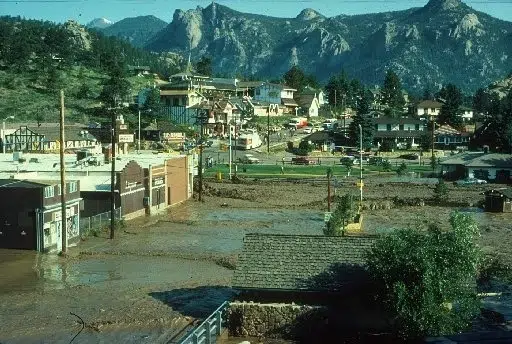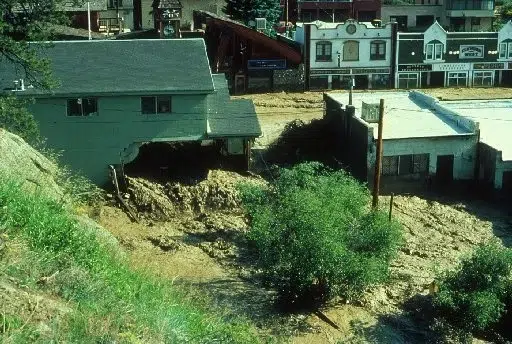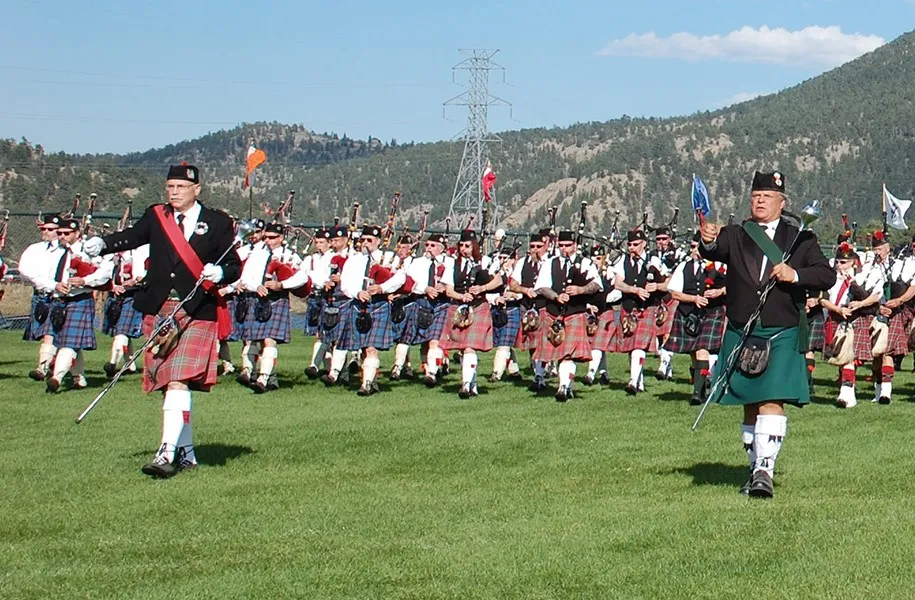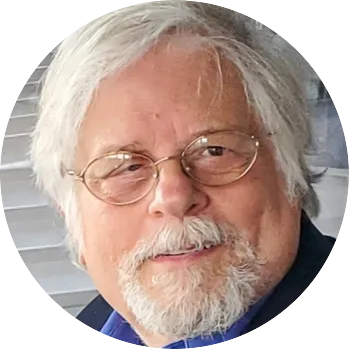Flood 40 years ago changed Estes Park

ESTES PARK – A disaster 40 years ago today changed the face of downtown Estes Park, and its tourism-dependent businesses still are reaping the benefits of a landscaped riverwalk and other improvements.
“If the Lawn Lake flood had never happened, Estes Park would not look the way it does today,” said Dave Thomas, who managed local radio station KSIR-AM 1470 at the time and covered the breaking story on the morning of July 15, 1982. “It was urban renewal at its best.”
Added Greg Rosener, who led the urban-renewal effort, the landscaped riverwalk and improved Elkhorn Avenue streetscape “surpassed any of our expectations about what we could create from that disaster.”
SPONSORED CONTENT
Lawn Lake, at 10,789 feet at the headwaters of Roaring River in what now is Rocky Mountain National Park and eight miles west of Estes Park, originally was a 16.4-acre natural body of water dammed by a glacial moraine. However, in 1903, 12 years before the park’s founding, the Farmers Irrigation Ditch and Reservoir Co. added a dam to supply water to farmlands around Loveland. By 1982, the reservoir covered 48 acres and was up to 35 feet deep. The dam was allowed to remain when the park was founded, but access for maintenance and inspections deteriorated over the years,
Early on that peaceful July morning 40 years ago, according to a subsequent report by the Colorado state engineer, the dam failed as the result of “deterioration of lead caulking between the outlet pipe and the gate valve inside the dam.” A wall of water up to 25 feet high roared six miles down the Roaring River at rate of up to 18,000 cubic feet a second, carrying trees, house-sized boulders and other debris with it and killing backcountry camper Steven See.
At the park’s Lawn Lake trailhead along Fall River Road, Stephen Gillette, who recently retired as Larimer County solid-waste director, was working for Fort Collins-based A-1 Trash Co. and was emptying a dumpster when he heard the thunderous sounds from above and alerted authorities, then fled. By the time the maelstrom hit Fall River 2,500 feet below in the broader valley of Horseshoe Park, it created the “alluvial fan” still plainly visible today and then began an eight-foot surge of water, mud and debris that killed campers Bridget Dorris and Terry Coates at the park’s Aspenglen Campground. It then took out another small dam and destroyed Nicky’s riverside restaurant and resort as well as a mobile home park on the site that now is the Fall River Village development as it headed for Estes Park.
“I got a phone call at 6:30 in the morning that Lawn Lake dam had broken and we’re going to start broadcasting,” Thomas said. “My first thought was Horseshoe Park will hold all that water. Horseshoe Park is much bigger than Lawn Lake. No hurry here to report on anything. I got up and went and walked my dog, and that’s how little hurry I was in. I came back, got dressed, and leisurely took my wife at that time to her job downtown, dropped her off and headed to the radio station to pick up our remote broadcasting gear. We had a unit you could take on the road; nowadays you just use a cell phone.”
Still, Thomas knew that water would eventually reach downtown Estes Park, so he set up his unit near what was then the Four Seasons motel on West Elkhorn Avenue just off the U.S. Highway 34 bypass. “Pretty soon I did begin to see tree branches and pieces of wood floating and the river began to get higher by inches and then much higher,” Thomas said. “Lots of debris. Small sheds, all kinds of stuff. I watched as water washed away the new installation Four Seasons had just put in. Sod, a deck, their gardening equipment shed, and it was getting close to the motel.”
Thomas and news director Jeremy Kaercher “began to give periodic reports on the air that water was coming and people needed to clear out of downtown.” Thomas moved his unit downstream to the former site of the Lewiston Hotel, which by then was a ruin.
“The water was coming into downtown, getting deeper and deeper,” he said. “It went through a store called Grandpa’s, came in the front window and went out the side door, several feet deep, washing out his merchandise.”
Thomas and Kaercher continued to broadcast, and later were credited with saving lives in Estes Park. “We were very fortunate that there was no loss of life in the town,” Thomas said.
After an initial feeling of devastation among downtown business owners who suddenly were dealing with hip-deep mud at the height of tourist season, Thomas said, “the people who owned businesses got busy cleaning out the mud right away – and one week after the flood we had a parade!”
Bob Buford, one of the performers at the Lazy B stage show, recorded a song called The Gutsiest Little Town in Colorado, Thomas said, “and the radio station played it pretty much nonstop for weeks after the flood because the people of the town really came together to put the town back together again. That was pretty much the slogan we had after the flood.”
Rosener, who now runs SkyRun vacation rentals but then owned Realty World/Range Realty, had watched the swirling surge of debris with his father, Neil. “As the waters were coming down Elkhorn and propane tanks were spinning around and cars were crashing into our business,” he said, “we looked at each other and said, ‘Oh, what a tremendous opportunity this is!’”

Thomas recalled that “the town had been laid out facing the street and turning its back on the rivers. Here you had these beautiful, scenic wilderness areas right behind the stores, and Instead of using that as an asset, the stores had put all their dumpsters back there, parking lots, nothing appealing about the area behind the stores along the Fall and Big Thompson rivers.”
The answer was formation of the Estes Park Urban Renewal Authority, thanks to the efforts of the then two-year-old Forward Estes Park Foundation.
That group was formed, Rosener said, after John Webermeier, who owned National Park Village North and South, “determined that Estes Park was going in the wrong direction. In sales tax revenue, we were going down, not up. So he brought a group of business people together, about 20 of us,” and formed the foundation “to educate the public and our town fathers.”
The foundation named Rosener, then 33, as its president and commissioned a study by the University of Colorado Boulder business school “that said what we already knew was happening.”
A presentation at Crags Lodge that followed release of the study drew about 135 people, and then-Mayor Harry Tregent told Rosener, “This a very impressive day of education, but you do know it’s not going anywhere. Nothing’s going to change.”
The flood forced the change, which damaged 177 businesses or 90% of the businesses in the town along with 108 residences. Damages were estimated at $31 million in 1982 dollars. That would be $93.9 million in today’s dollars.
Stakeholders met at the old Holiday Inn and hired Gene Mitchell, who Rosener described as the “father of downtown Fort Collins redevelopment.” Mitchell’s advice: “You need an urban-renewal district.”
Within six weeks after the flood, town trustees approved the EPURA, and the foundation paid the legal costs to develop the ordinance needed. Gov. Dick Lamm obtained a federal disaster declaration from President Ronald Reagan, and the Federal Emergency Management Agency “took over the overall management of trying to put the town together again,” Rosener said. “They were tremendous.”
Foundation members recruited urban designers and “convinced the town to hire them,” Rosener said, “and we created an urban renewal plan. All of my team worked over the next 12 to 14 months to create the plan, construction began in 1984 and was done in about two years.”
One building at the intersection of Elkhorn Avenue and Riverside Drive had to be demolished to make way for the design’s Confluence Park, where the Fall and Big Thompson rivers met, Rosener said. Along Elkhorn, narrow sidewalks were widened and parallel parking eliminated.
Private businesses were encouraged to update their properties, Rosener said, and tearing up Elkhorn Avenue to redo it revealed “a main waterline made out of wood slats wrapped in steel bands. There were all kinds of issues with telephone and gas – it was just a spider web when they opened up Elkhorn.”
Because East Elkhorn Avenue carried U.S. Highways 34 and 36, “we had to convince the state to give up one lane of traffic” – a decision that aided the beautification but also, three decades later, fueled the controversial one-way “Loop” proposal.
But the result, Thomas said, was that “the new urban-renewal authority formed after the flood “beautified the town and created a streetscape that totally changed the face of downtown” and provided a venue for some new river-facing businesses. “Instead of having these ugly areas behind stores, they turned the focus back toward the rivers. Now we have the riverwalk, we have park benches, we have new lighting. We have trees planted along Elkhorn Avenue. All of that was the result of the Lawn Lake flood.”
What would Estes Park be today if the flood hadn’t happened? Said Rosener, bluntly, “a second-rate tourist trap.”
ESTES PARK – A disaster 40 years ago today changed the face of downtown Estes Park, and its tourism-dependent businesses still are reaping the benefits of a landscaped riverwalk and other improvements.
“If the Lawn Lake flood had never happened, Estes Park would not look the way it does today,” said Dave Thomas, who managed local radio station KSIR-AM 1470 at the time and covered the breaking story on the morning of July 15, 1982. “It was urban renewal at its best.”
Added Greg Rosener, who led the urban-renewal effort, the landscaped riverwalk and improved Elkhorn Avenue streetscape “surpassed any of our…





